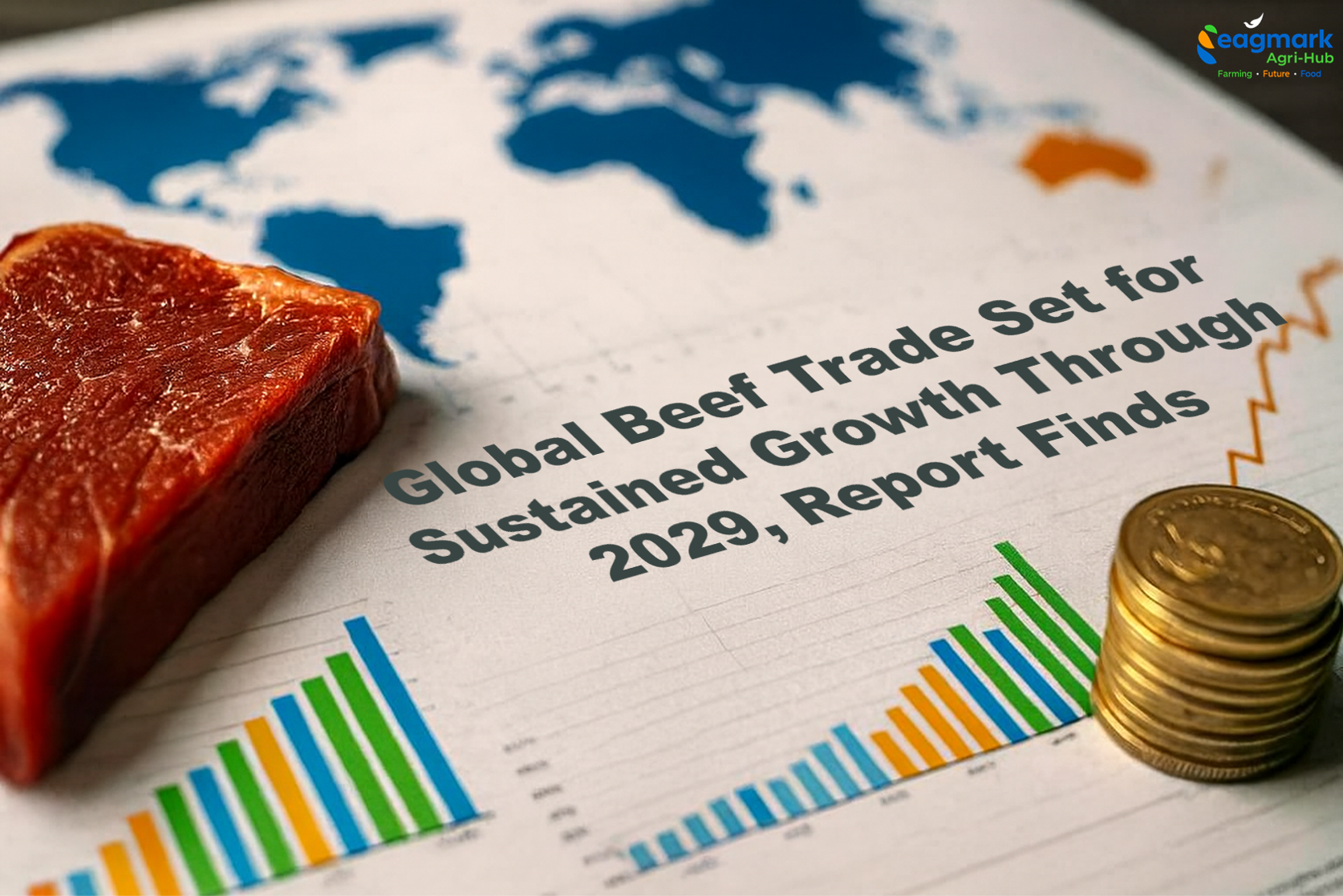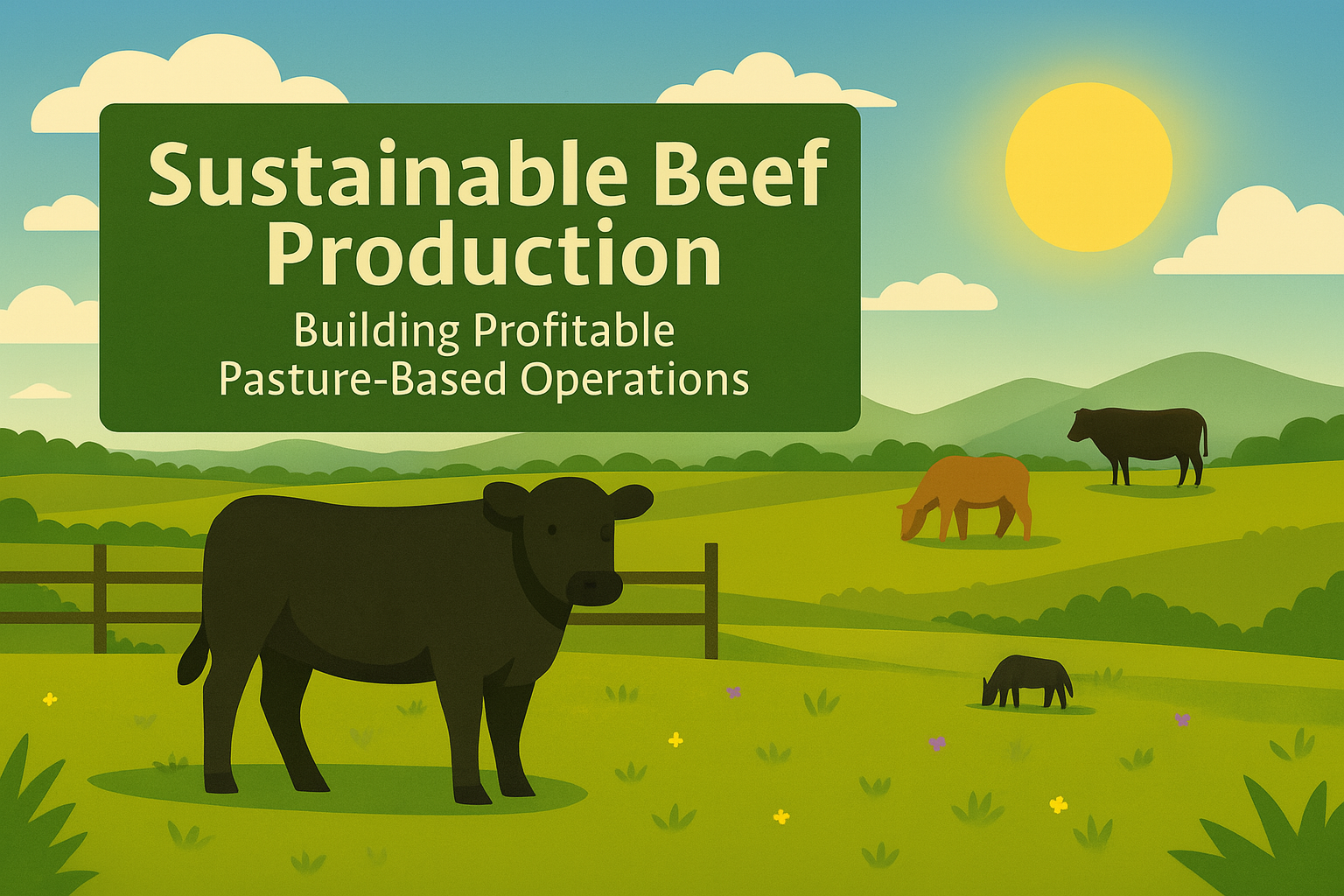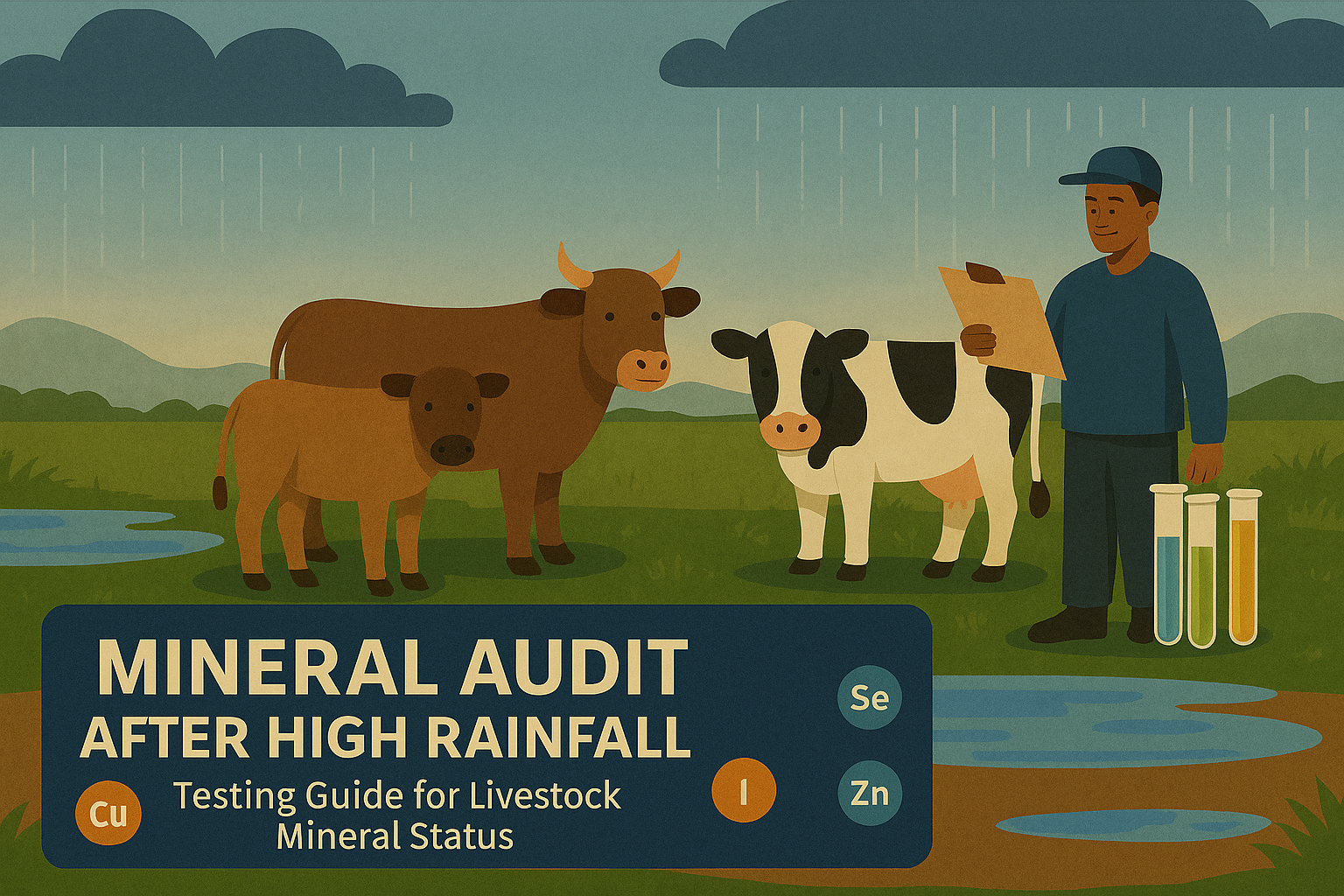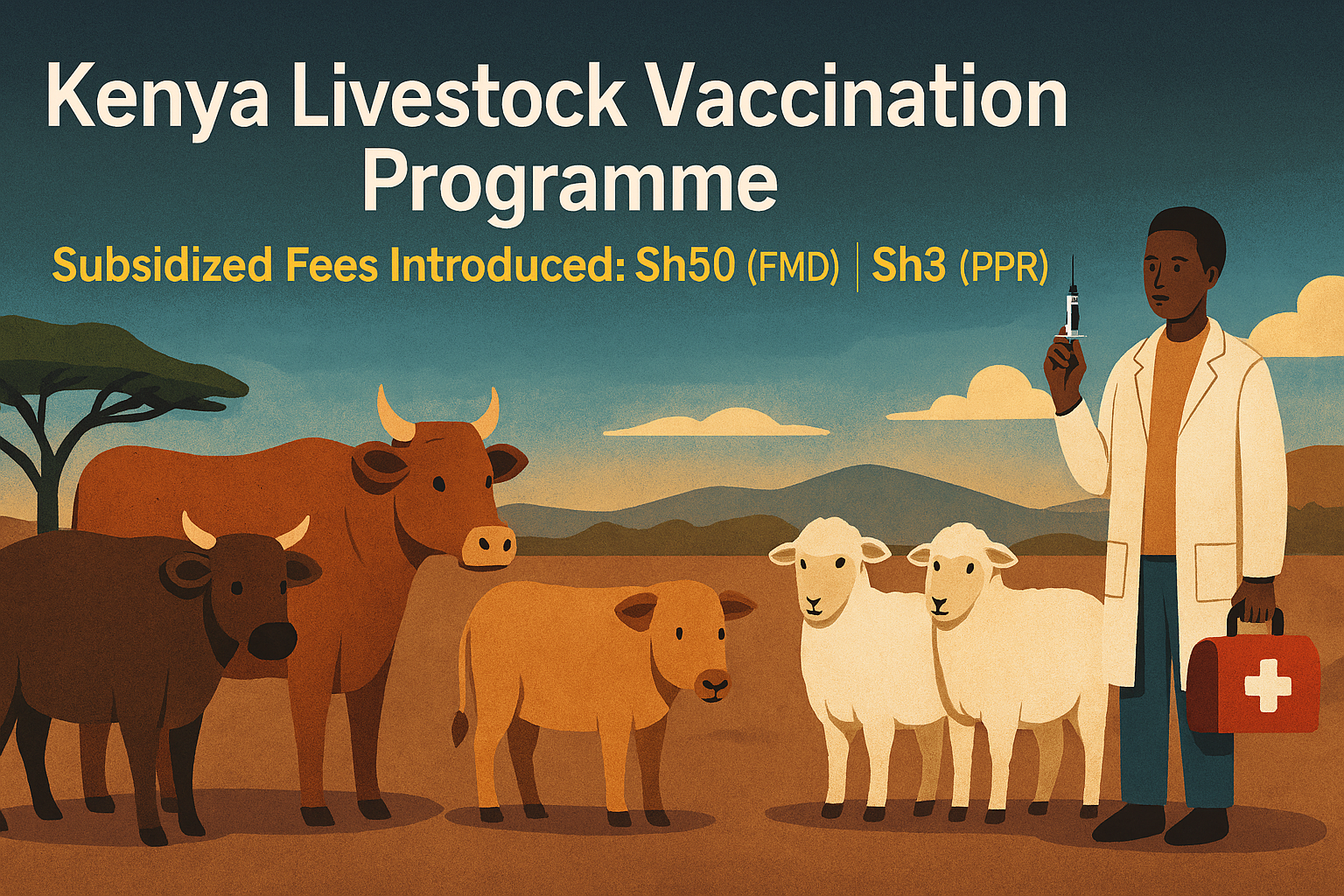
The international beef trade is positioned for continued expansion over the next five years, driven primarily by rising consumption across Asian markets and expanding export capabilities in South American nations, according to analysis published by RaboResearch in late October 2024.
The forecast comes with an important caveat: analysts expect a temporary contraction in global beef production, particularly in the United States, Brazil, and Europe, before output recovers in the latter part of the decade.
Near-Term Production Decline Expected
Global beef production peaked in late 2024 and is projected to contract in 2025, with first-quarter volumes expected to drop 2% below 2024 levels and second-quarter production down 3%, according to RaboResearch's quarterly beef market reports.
Brazil, which accounts for 63% of South America's beef supply, is expected to reduce production by 500,000 metric tons in 2025, primarily due to high female slaughter rates in 2022-2023 that reduced breeding stock.
Despite this near-term contraction, Australia may be the only top-10 beef-producing country to post year-over-year production gains in 2025, supported by favorable seasonal conditions.
Brazil and China Lead Trade Dynamics
Brazilian beef exports surged from 2.3 million metric tons in 2019 to an anticipated 3.6 million metric tons in 2024, largely fueled by China's growing market demand, said Angus Gidley-Baird, senior analyst for animal protein at RaboResearch.
Brazil has established itself as the world's largest beef exporter, with China remaining its primary market since 2009, accounting for approximately 47-49% of Brazilian beef exports.
China's beef imports reached a record 2.87 million tonnes in 2024, up 5% from the previous year, though growth has moderated compared to previous years due to weaker consumer demand and economic uncertainty.
Trade Growth Outpaces Production
Over the past five years, global beef production increased by approximately 5.5%, while exports rose 14% from 2019 to nearly 13 million metric tons by 2024.
Global beef and veal production fluctuated between 57 and 60 million metric tons from 2012 to 2024, with 2024 production forecast at approximately 60.35 million metric tons.
The disparity between production and export growth reflects an important structural shift: declining consumer purchasing power and reduced domestic beef consumption in South America have led processors to focus on export volume growth at the expense of local markets.
Asian Demand Reshapes Global Markets
Per capita beef consumption between 2022 and 2029 is projected to increase by 12% in Vietnam and 11% in Malaysia, according to data from the Agriculture and Horticulture Development Board.
These growing Southeast Asian markets, along with China and the Philippines, are experiencing demographic and economic shifts that make imported beef increasingly necessary. China represented approximately 60% of Asia-Pacific beef imports in 2024, totaling 2.9 million tons.
Rabobank analysts expect South American producers, particularly Brazil, to meet this growing demand through productivity improvements and enhanced management practices.
Market Volatility Persists
The global beef sector continues to navigate significant uncertainties. Since President Trump took office in early 2025, uncertainty and unpredictability have reverberated through global markets, including beef, with tariffs and trade policies creating volatility in traditional trade flows.
Disease outbreaks remain a persistent concern. Animal disease outbreaks, particularly foot-and-mouth disease and bovine spongiform encephalopathy, have severe economic consequences for international beef trade, with effects on market access often persisting long after outbreaks end.
The Chinese government launched an investigation into beef imports in late 2024, which will take eight months and could result in additional duties or quantitative limits on beef imports from all suppliers.
Price Outlook
The anticipated short-term production decline is expected to support cattle and beef prices globally, shifting margins toward producers. European cattle prices have jumped dramatically in the first half of 2025 as supply limitations begin to affect the market.
Production levels are expected to recover in subsequent years, supported by improved genetics, increased carcass weights, and potential herd rebuilding in key producing regions—though weather patterns and trade policies could significantly alter these projections.


